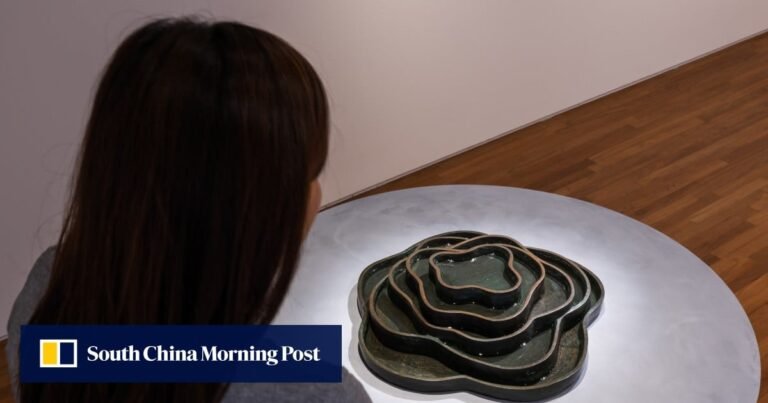In the mid-1960s, Singapore-born artist Kim Lim appeared on British television to speak about her monumental, arched-steel sculpture Day that was displayed in London’s Battersea Park alongside works by Henry Moore, Barbara Hepworth and Anthony Caro, some of the greatest names in 20th-century British art.
The petite 30-year-old spoke assertively. “For me, a piece of sculpture has to have a presence and I want it to be seen immediately as a whole.”
In many ways, this statement applies to Lim herself. As a member of an ethnic minority living in post-war London, she refused to be siloed by her gender or race. Instead, Lim demanded that she and her artistic practice be acknowledged in their entirety.
“She would say, ‘I’m not a woman artist or an Asian artist. I’m an artist,” recalls her son Alex Turnbull, who co-manages her estate. “It was very important for her work [to speak for itself] and for her to be judged based on that.”
She was groomed to be the ultimate debutante. She had this legion of men who were heirs to these incredible families that were potential suitors.
Lim died in 1997 after a life spent creating elegant abstract sculptures and prints of sparse design. Inspired by everything from ancient Asian and Greek civilisations to Western modernism, she forged a distinctive cross-cultural artistic language that eluded easy categorisation.
While she had prominent exhibitions in London in her lifetime – she was the only female and non-white artist featured in the Hayward Annual exhibition at the Hayward Gallery in 1977, for instance – her stature as an artist was never fully celebrated. After her death from cancer at the age of just 61, she slipped completely out of view.




